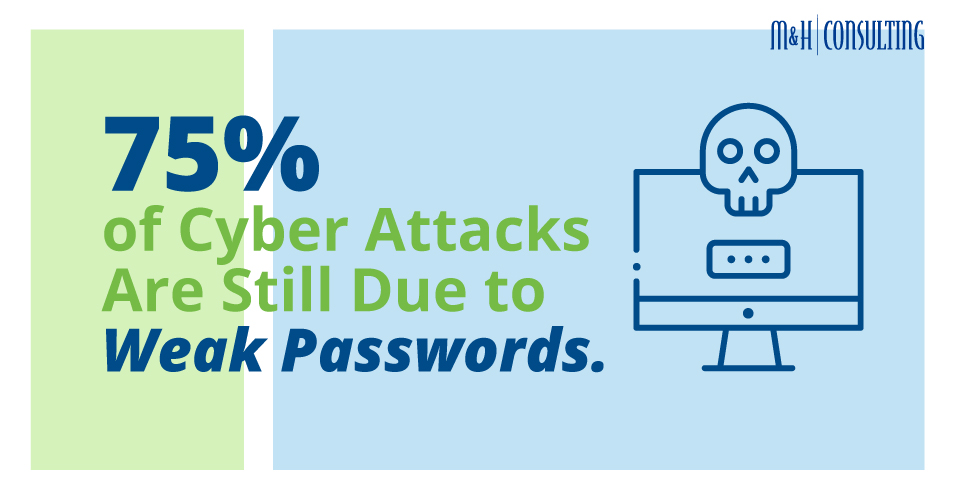Access anytime, from anywhere in the world; this is the promise made by cloud-based platforms and services. The cloud has provided businesses large and small with the unprecedented bandwidth to work on documents, collaborate with team members, and to store vital information.
However, these progressions have come with a few doubts. At first glance, the anytime-anywhere access model may have users and businesses owners concerned about the safety of their organization’s data. Today, let’s explore how your business can keep data secure in the cloud.
1. Create Complex Passwords

No, your dog or crush’s name with their (or your) birthdate isn’t good enough. In fact, according to DataProt, the password “123456” is still used by 23 million accounts. And, Norton Antivirus reports that 75% of attacks are still due to weak passwords.
To secure data in the cloud, the best place to start is to create complex passwords that use letters, numbers, and symbols. And, even though you may have to keep a hard copy of your passwords in a secure location, using a nonsense phrase or random combination of numbers, letters, and symbols makes your password even harder to determine by data threats.
Oh, and don’t reuse passwords!
2. Enable Multi-Factor Authentication
You may have heard the phrase, “make sure you enable multi-factor authentication,” many times before from various platforms and from IT or computer support experts. There is a good reason for this persistence.
Essentially, multi-factor or two-factor authentication requires an additional piece of access information to let you into an account. This usually comes in the form of a code sent to your email or mobile device, but recently biometric authentication (face ID, fingerprint ID, etc.) has also become a popular method.
And, according to a 2019 Google report, “simply adding a recovery phone number to your Google Account can block up to 100% of automated bots, 99% of bulk phishing attacks, and 66% of targeted attacks that occurred during our investigation.”
3. Be Wary of Public Wi-Fi
We have all been there. We’re working on-to-go or remotely and decide to duck into a Starbucks or a Dunkin’ Donuts for a quick coffee while we work. Naturally, we connect to the establishment’s public wi-fi and away we go! However, you may want to think twice before connecting.
Now, here’s the thing. The public wi-fi that you’re using is most likely safe, but if there is a malicious threat nearby or also on the wi-fi, they may be able to distribute nasty malware onto your device.
A compromised public wi-fi can also allow hackers to gain access to your personal information, including passwords and financial information. Not only is this a personal threat, but it’s also not a great look for your business, especially if your organization stores crucial data within a cloud-based platform. To solve this, be sure that you’re only using networks that you trust. And, when connectivity prompts seem to be asking you for too much information, it’s probably best to save your internet browsing or work tasks for when you do get to a more secure location.
Categorised in: Cloud Services, cybersecurity, Security
